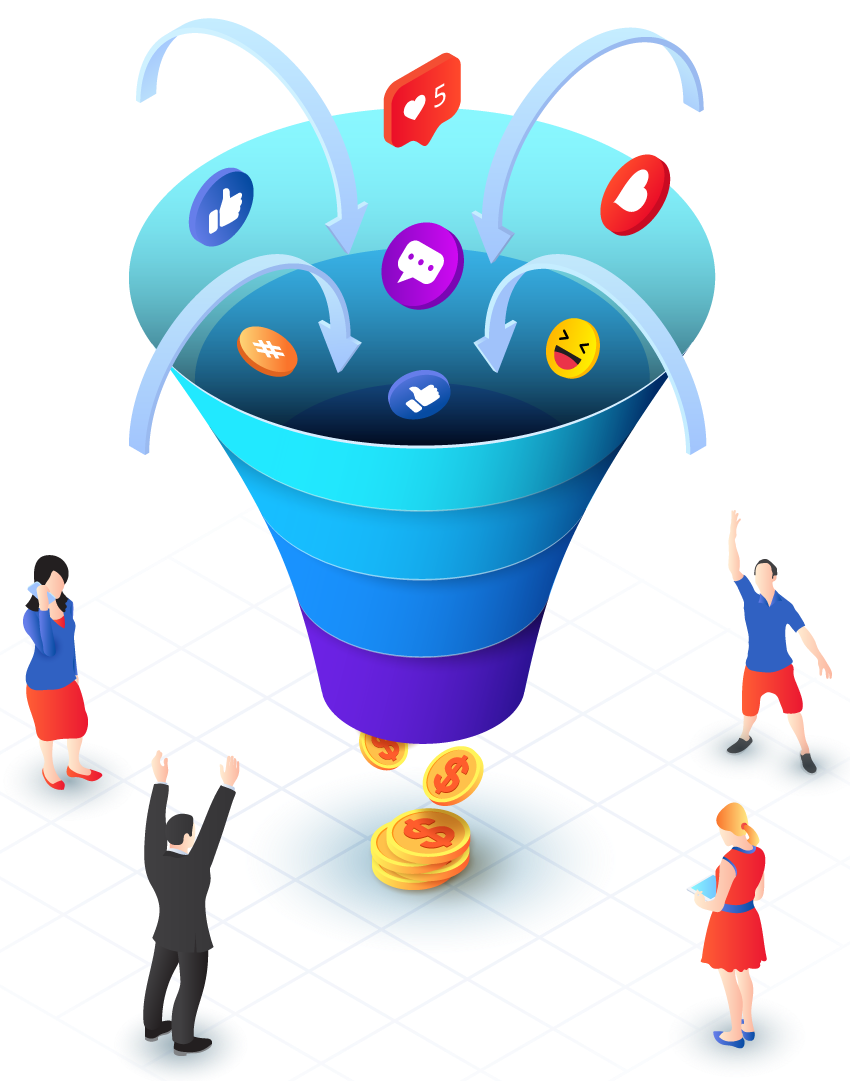Streamlining the Path to Purchase
A sales funnel is the series of steps your prospective customers take as they move
from being aware of your product or service to becoming a qualified lead and finally
making a purchase. The classic model has four stages: awareness/attraction,
interest, desire/decision, and action. However, each business has its own unique
sales process, so it’s important to think of a sales funnel as a flexible template that
you can tailor for your specific needs.
In the top of a sales funnel, businesses try to capture attention through a variety of
marketing channels. A mountain bike company, for example, may run social media
ads targeting outdoorsy people. These ads will direct users to a website that
provides more information about the company and its products.
As people become more aware of the company, their interest in its offerings will
grow. The company can nurture this interest by offering additional resources, such
as a free ebook in exchange for email addresses or video demos of its products. This
stage of the sales funnel is also where marketers can start to qualify leads and
prioritize them for further engagement.
After prospects demonstrate interest in a particular solution, the organization will
make offers that are more tailored to their specific needs and budget. This may
include discounts, trials of new products, or even personalized sales pitches from a
dedicated account manager. If the organization can close a deal, it will move the
prospect into the action phase of the sales funnel, where they will ultimately buy and
use the solution.
Once the customer has bought and used a solution, it’s time to create a loyalty
program and continue nurturing the relationship with repeat purchases and
referrals. This is often called the retention phase of a funnel, and it is an essential
part of creating long-term, valuable relationships with customers.
Throughout the entire sales funnel, it’s essential to track key metrics like customer
acquisition cost (CAC), lead scoring, and sales performance to understand how your
strategies are performing. The goal is to maximize the number of high-quality leads
that reach the bottom of your funnel, and the right metrics can help you make that
happen. You can also use these metrics to determine how much of your team’s time
and resources should be allocated toward each quality deal.

Free Training video
How To Transform Your Online Business with Our Universal Sales Funnel Template
My Recent Posts
All-in-One Sales Automation Platform
Check out my recent post on all-in-one sales and marketing tools and what I think of it.
Sales Funnels
Check out my recent post on sales funnels and what I think about them. Are they still worth it?

Hi, I’m Vicki Lee from sunny Australia.
I’m a digital marketer who went from hustling through multiple industries to finally finding a way to work smarter, not harder—and now I help others do the same.
I’m passionate about helping everyday people grow their online businesses with the right tools, clear direction, and a whole lot more freedom.
If you’re tired of chasing your tail and craving a lifestyle with more flexibility, fun, and purpose—you’re in the right place.
Vicki Lee
©Copyright 2025 My List Mastery
Level 1, 241 Adelaide St
Suite #1370
Brisbane, QLD 4000 Australia
